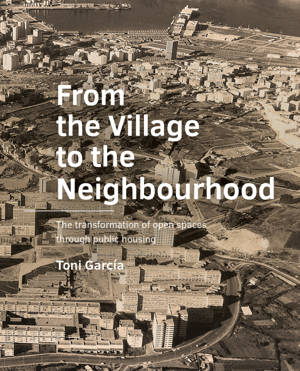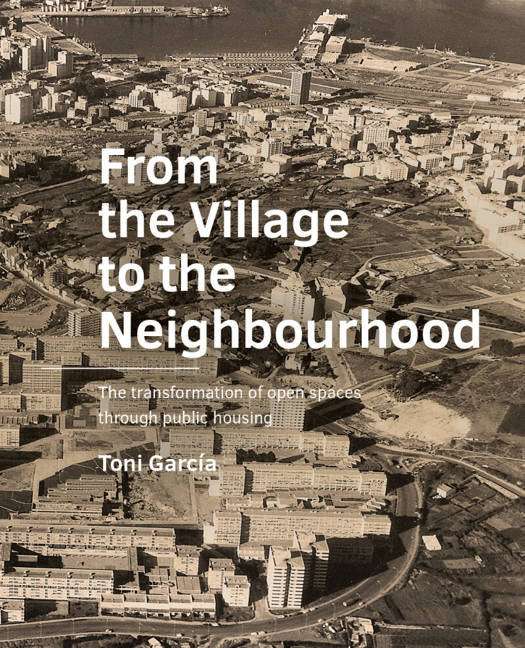
- Afhalen na 1 uur in een winkel met voorraad
- Gratis thuislevering in België vanaf € 30
- Ruim aanbod met 7 miljoen producten
- Afhalen na 1 uur in een winkel met voorraad
- Gratis thuislevering in België vanaf € 30
- Ruim aanbod met 7 miljoen producten
Zoeken
From the Village to the Neighbourhood
The transformation of open spaces through public housing
Toni García
€ 29,95
+ 59 punten
Omschrijving
This publication presents the study of urban transformation and opportunities for urban upgrading through the rehabilitation and recycling of neighbourhoods, exploring the past and present of the housing estates of the main Galician industrial cities in order to discover, on different scales, how the public housing projects built in the second half of the twentieth century were formed, how their urban integration process has taken shape, what the open spaces associated with public housing are like, and if they have served as a bridge between the public, the collective and the private, to end with recommendations that can help in participative processes of integral urban regeneration for better articulation, integration and urban cohesion of the open spaces included in the public project.
The research proposes an alternative to urban development that avoids the need for new growth, the demographic abandonment of existing neighbourhoods, and their social and physical degradation. Housing estates with obsolete structures offer the greatest opportunities to rehabilitate and recycle open spaces and buildings based on the value of their intrinsic qualities, allowing for the introduction of new and efficient typologies in the city core. On a social level, the recycling and adaptive reuse of housing estates would improve the quality of the urban environment, the consolidation of civic networks and the strengthening of social cohesion. At the environmental level, this would reduce land use for real estate development, infrastructure construction and mobility needs, as well as waste production and energy consumption.
The research proposes an alternative to urban development that avoids the need for new growth, the demographic abandonment of existing neighbourhoods, and their social and physical degradation. Housing estates with obsolete structures offer the greatest opportunities to rehabilitate and recycle open spaces and buildings based on the value of their intrinsic qualities, allowing for the introduction of new and efficient typologies in the city core. On a social level, the recycling and adaptive reuse of housing estates would improve the quality of the urban environment, the consolidation of civic networks and the strengthening of social cohesion. At the environmental level, this would reduce land use for real estate development, infrastructure construction and mobility needs, as well as waste production and energy consumption.
Specificaties
Betrokkenen
- Auteur(s):
- Uitgeverij:
Inhoud
- Aantal bladzijden:
- 484
- Taal:
- Engels
- Reeks:
Eigenschappen
- Productcode (EAN):
- 9789463664790
- Verschijningsdatum:
- 10/11/2021
- Uitvoering:
- Paperback
- Afmetingen:
- 191 mm x 235 mm
- Gewicht:
- 1112 g

Alleen bij Standaard Boekhandel
+ 59 punten op je klantenkaart van Standaard Boekhandel
Beoordelingen
We publiceren alleen reviews die voldoen aan de voorwaarden voor reviews. Bekijk onze voorwaarden voor reviews.








